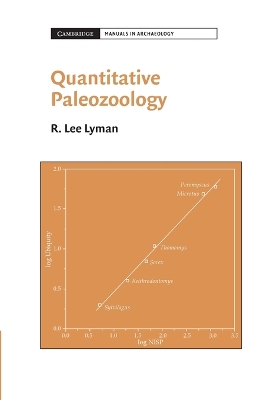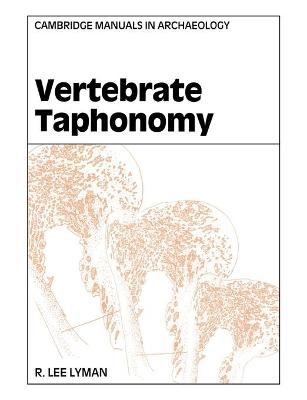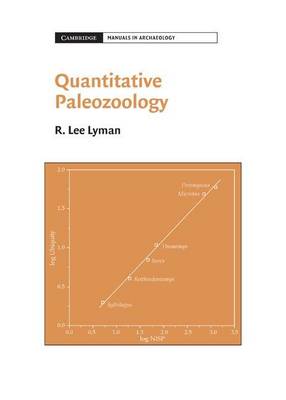Cambridge Manuals in Archaeology
3 total works
Quantitative Paleozoology describes and illustrates how the remains of long-dead animals recovered from archaeological and paleontological excavations can be studied and analyzed. The methods range from determining how many animals of each species are represented to determining whether one collection consists of more broken and more burned bones than another. All methods are described and illustrated with data from real collections, while numerous graphs illustrate various quantitative properties.
Taphonomy studies the transition of organic matter from the biosphere into the geological record. It is particularly relevant to zooarchaeologists and paleobiologists, who analyse organic remains in the archaeological record in an attempt to reconstruct hominid subsistence patterns and paleoecological conditions. In this user-friendly, encyclopedic reference volume for students and professionals, R. Lee Lyman, a leading researcher in taphonomy, reviews the wide range of analytical techniques used to solve particular zooarchaeological problems, illustrating these in most cases with appropriate examples. He also covers the history of taphonomic research and its philosophical underpinnings. Logically organised and clearly written, the book is an important update on all previous publications on archaeological faunal remains.
Quantitative Paleozoology. Cambridge Manuals in Archaeology.
by R. Lee Lyman
Published 1 January 2008


